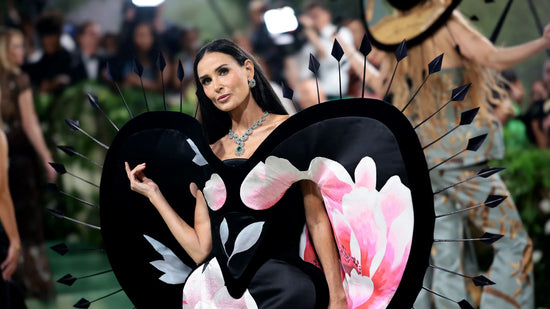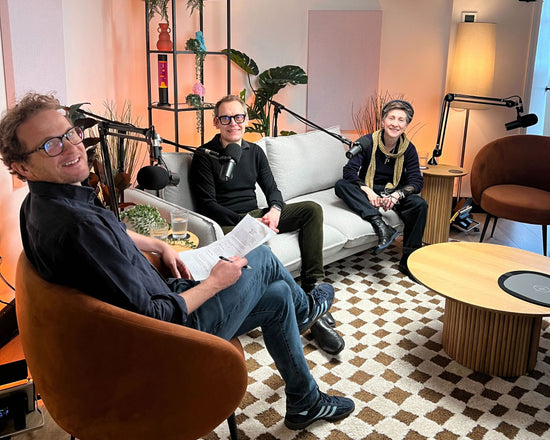



“I’ve always viewed the language of ornament as the lingua franca of the decoration trades. Today, through this capsule collection, we celebrate our shared language.” Valentin Goux





“Looking back at the twentieth century, all the big names in furniture and textile arts worked together. We wanted to recapture that true energy of cooperation where each artist brings his or her own vision, combining them into a harmonious collaborative work.” Lizzie Deshayes
 Close
Close
